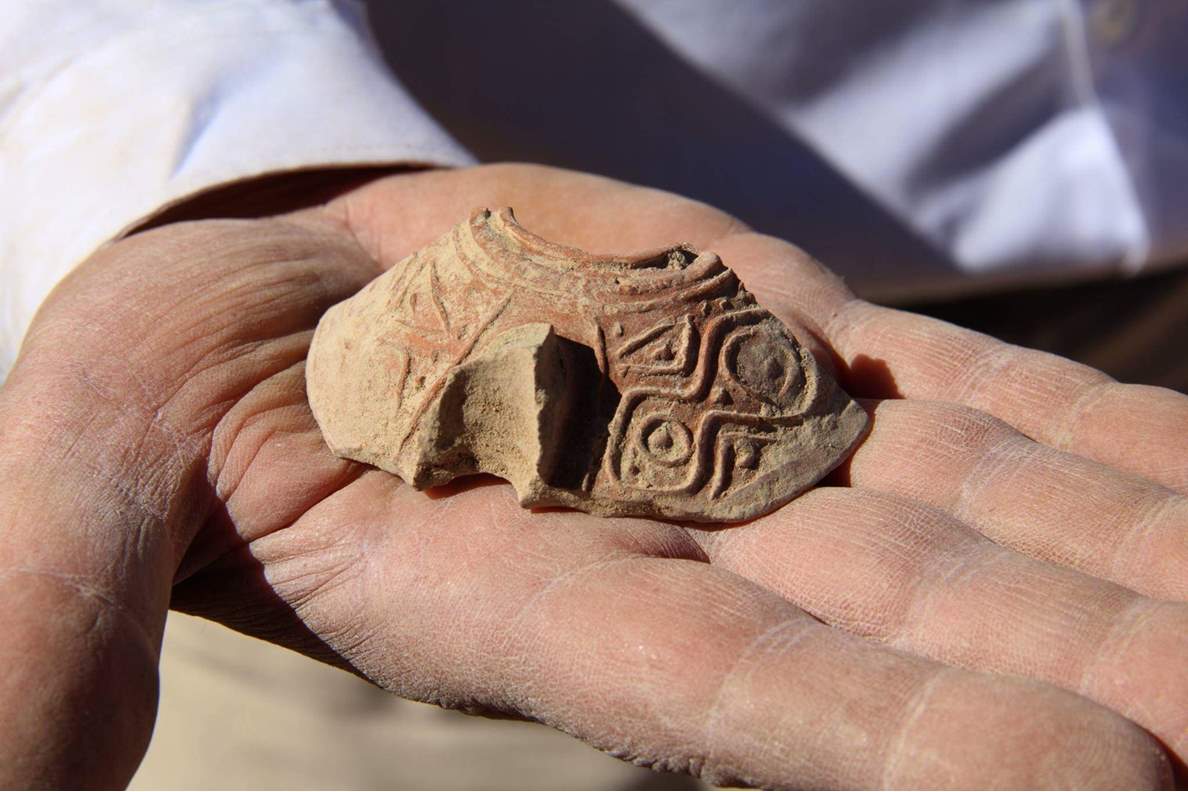AMMAN — Udhruh, 16km east of
Petra, is an ancient village with a few remaining ruins of what once hosted a summit that led to the rise of the Umayyad Dynasty, one of the largest empires in history.
اضافة اعلان
Augustopolis, the Roman name of Udhruh, was an important center for the Roman military in the late third century.
Mentioned by several sources, Udhruh was an agriculture town known for its abundance of water and its strategic location close to the ancient King’s Highway (the very same that runs through Jordan today) and the Muslim Pilgrimage Road.
During the city’s height, a Tahkim (arbitration) was held to end a conflict between the followers of Ali ibn Abi Talib and Muawiya ibn Abi Sufyan.
 (Photo: Jordan News)
(Photo: Jordan News)
The conflict, which is considered to be the first civil war in Muslim history, was ignited by the assassination of the third Rashidun caliph, Othman, by rebels from Kufa and Egypt in 656 AD.
In the time of Prophet Muhammad, Udhruh was one of the first towns outside the Arabian Peninsula to sign a peace treaty with the emerging Muslim power, shortly after Ayla (Aqaba).
Originally, Udhruh was established by the Nabataeans of Petra in the first century BC and flourished during the reign of the Nabataean King Aretas VI.
Under Roman rule, Udhruh was part of the province of Arabia, the capital of which was Petra. A fort originally constructed by the Nabataeans was rebuilt to protect the Limes Arabicus.
As a Byzantine settlement, it was referred to in many documents that mentioned its bishops.
According to archaeological studies, after falling to Muslims in 650AD, Udhruh’s two Christian churches continued to be used for six centuries.
There is little known about Udhruh in the Middle Ages, however, a fortress is believed to have been built by the Ottoman Empire sometime in the sixteenth century.
The town was mentioned by a nineteenth-century explorer who described its abundant water for irrigating crops such as corn.
Nowadays, Udhruh is a village that depends mainly on artesian water for agriculture.
Read more Around Jordan






